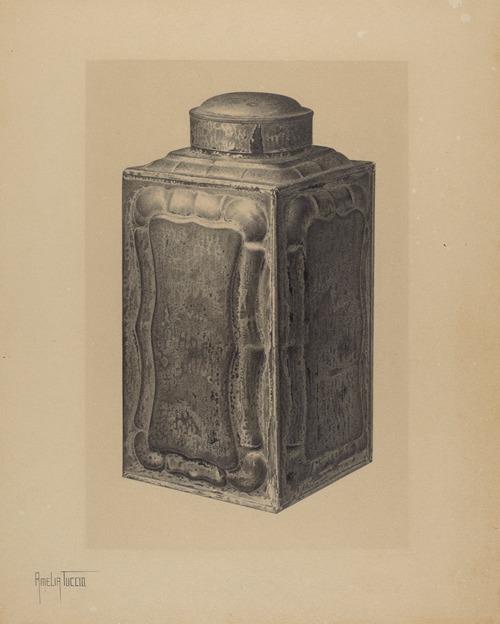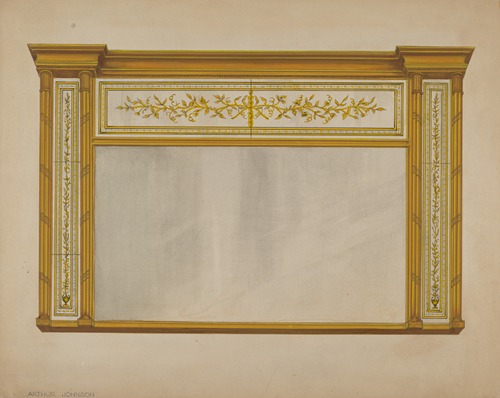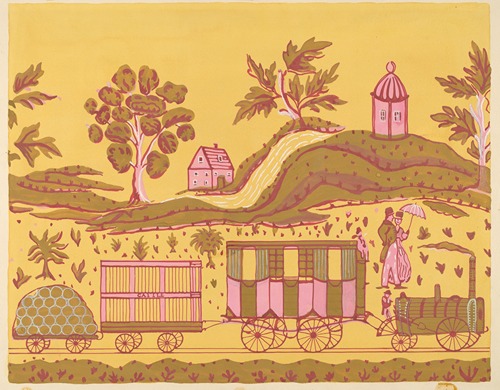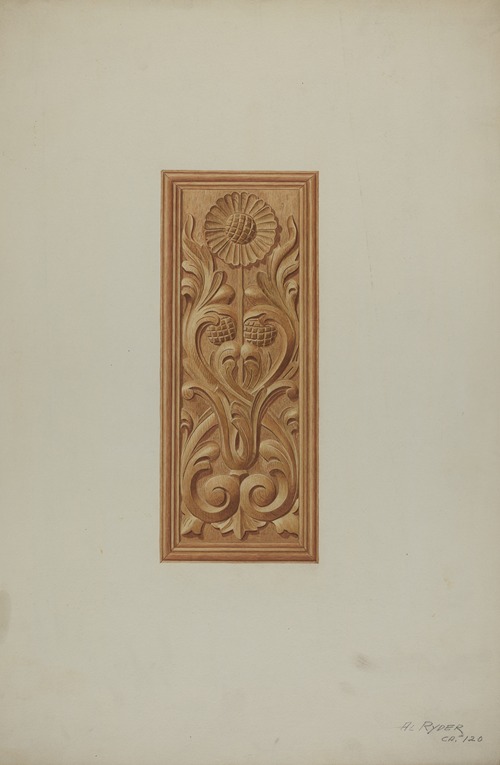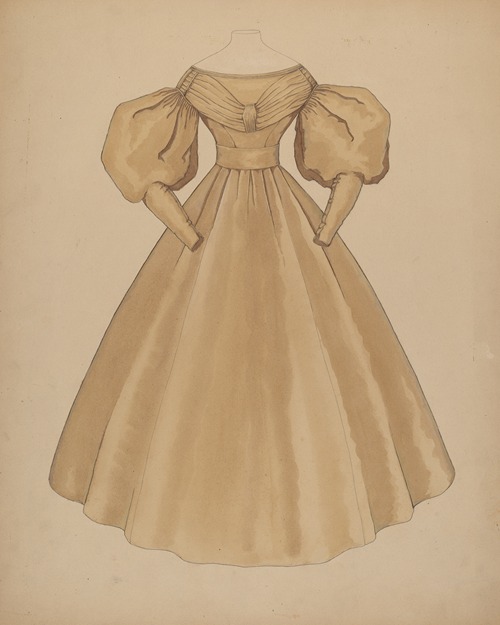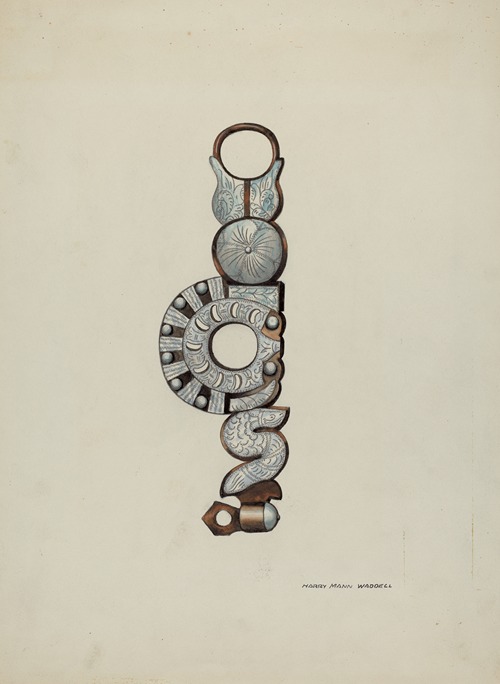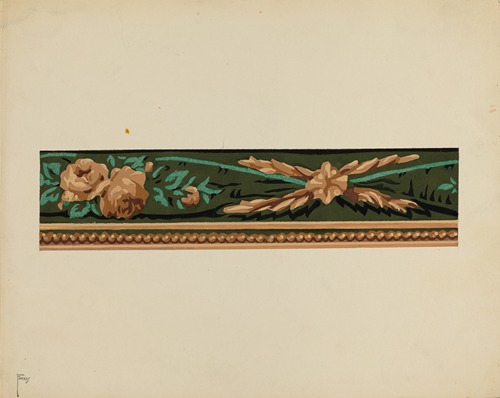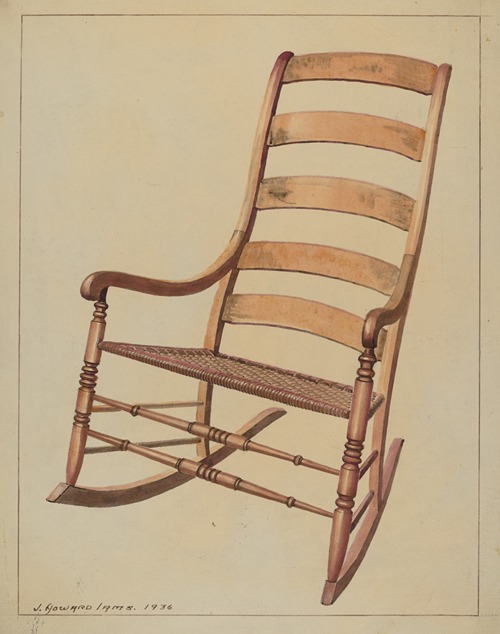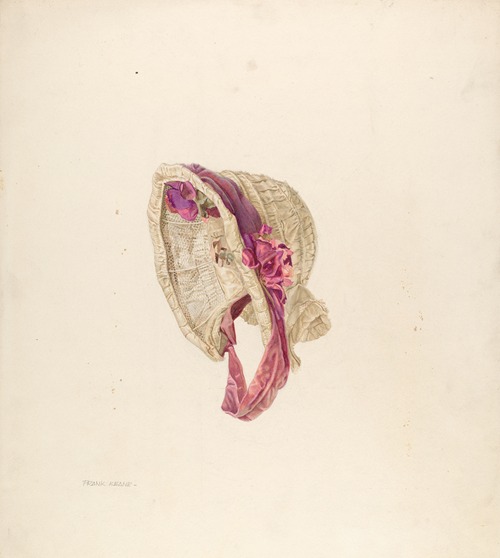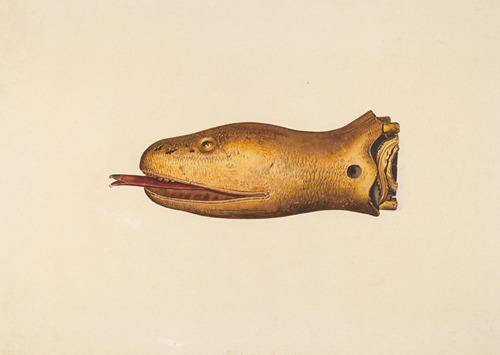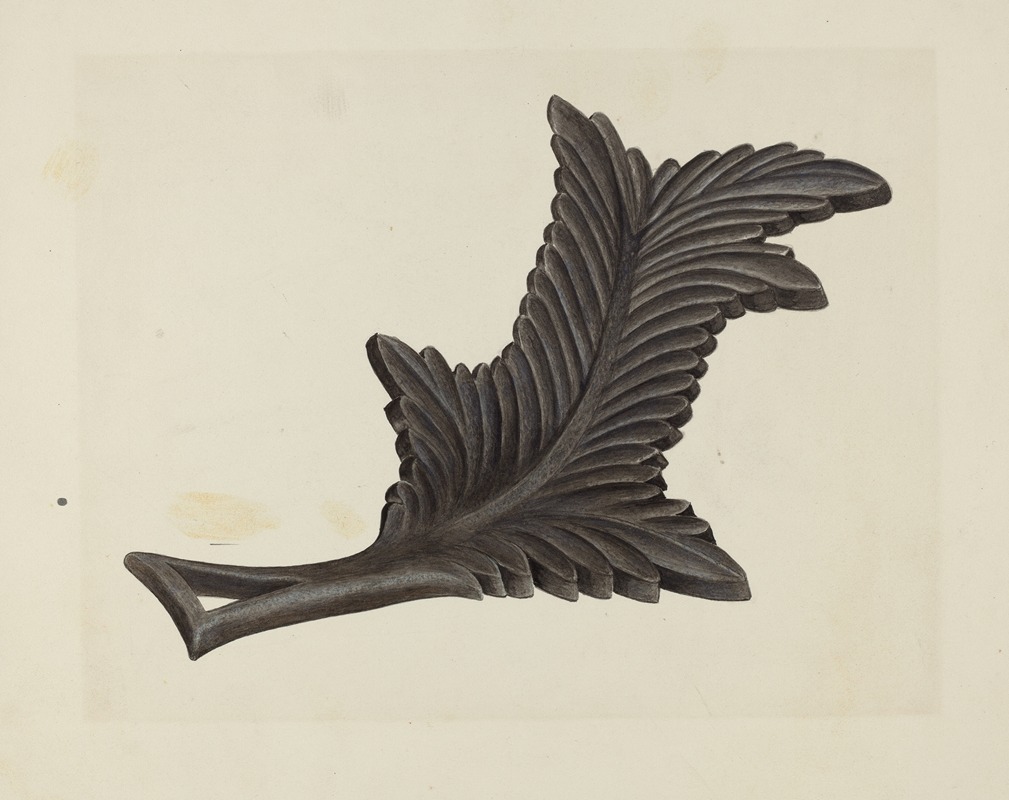

William Patrick Roberts RA was a British artist.
Roberts was born into a working-class family in London's East End on 5 June 1895. The family were then living at 44 Blackstone Road in Hackney, and his father was a carpenter; they later moved to 4 Blanchard Road (by October 1898) and 20 London Fields West Side (by April 1911) nearby. From an early age Roberts showed an outstanding talent for drawing, and this was encouraged by his parents and by his school teachers. He left school at the age of 14 and took up an apprenticeship with the advertising firm of Sir Joseph Causton Ltd, intending to become a poster designer. He attended evening classes at Saint Martin's School of Art in London and won a London County Council scholarship to the Slade School of Art – freeing him from the obligations of his apprenticeship. He joined the Slade in 1911, studying under Henry Tonks and Wilson Steer. His contemporaries at the Slade included a number of brilliant young students, among them Dora Carrington, Mark Gertler, Paul Nash, Christopher Nevinson, Stanley Spencer, David Bomberg and Bernard Meninsky. The Slade's emphasis on the importance of drawing and sound structuring of composition would inform Roberts's later work. In 1912 he won the Slade's Melville Nettleship prize for Figure Composition.
In the years before the First World War Roberts was a pioneer, among English artists, in his use of abstract images. In later years he described his approach as that of an "English Cubist". In the First World War he served as a gunner on the Western Front, and in 1918 became an official war artist. Roberts's first one-man show was at the Chenil Gallery in London in 1923, and a number of his paintings from the twenties were purchased by the Contemporary Art Society for provincial galleries in the UK. In the 1930s it could be argued that Roberts was artistically at the top of his game; but, although his work was exhibited regularly in London and, increasingly, internationally, he always struggled financially. This situation became worse during the Second World War – although Roberts did carry out some commissions as a war artist.
Roberts is probably best remembered for the large, complex and colourful compositions that he exhibited annually at the Royal Academy summer exhibition from the 1950s until his death. He had a major retrospective at the Tate Gallery in 1965, and was elected a full member of the Royal Academy in 1966. There has recently been a revival of interest in the work of this artist who always worked outside the mainstream.

